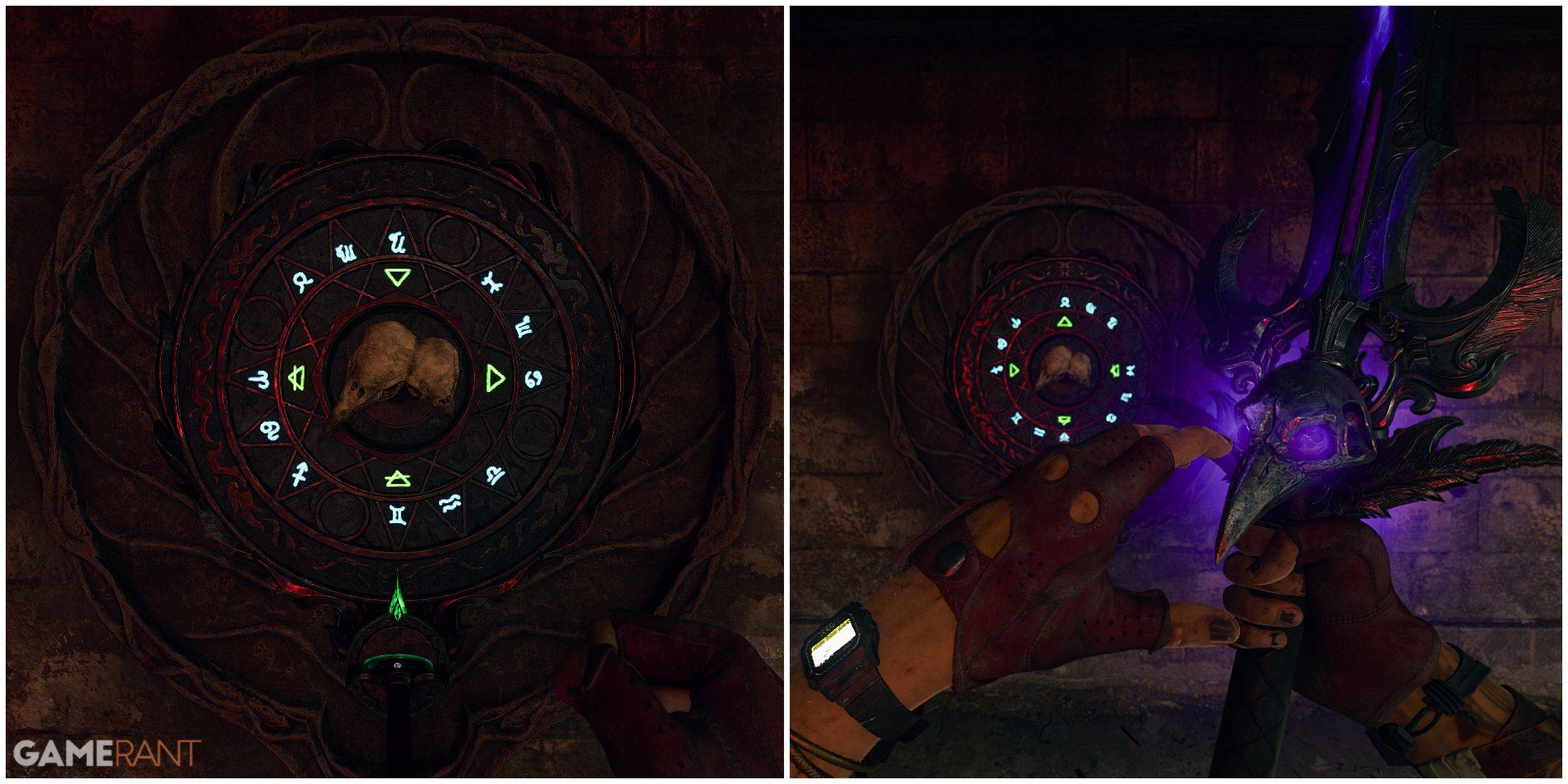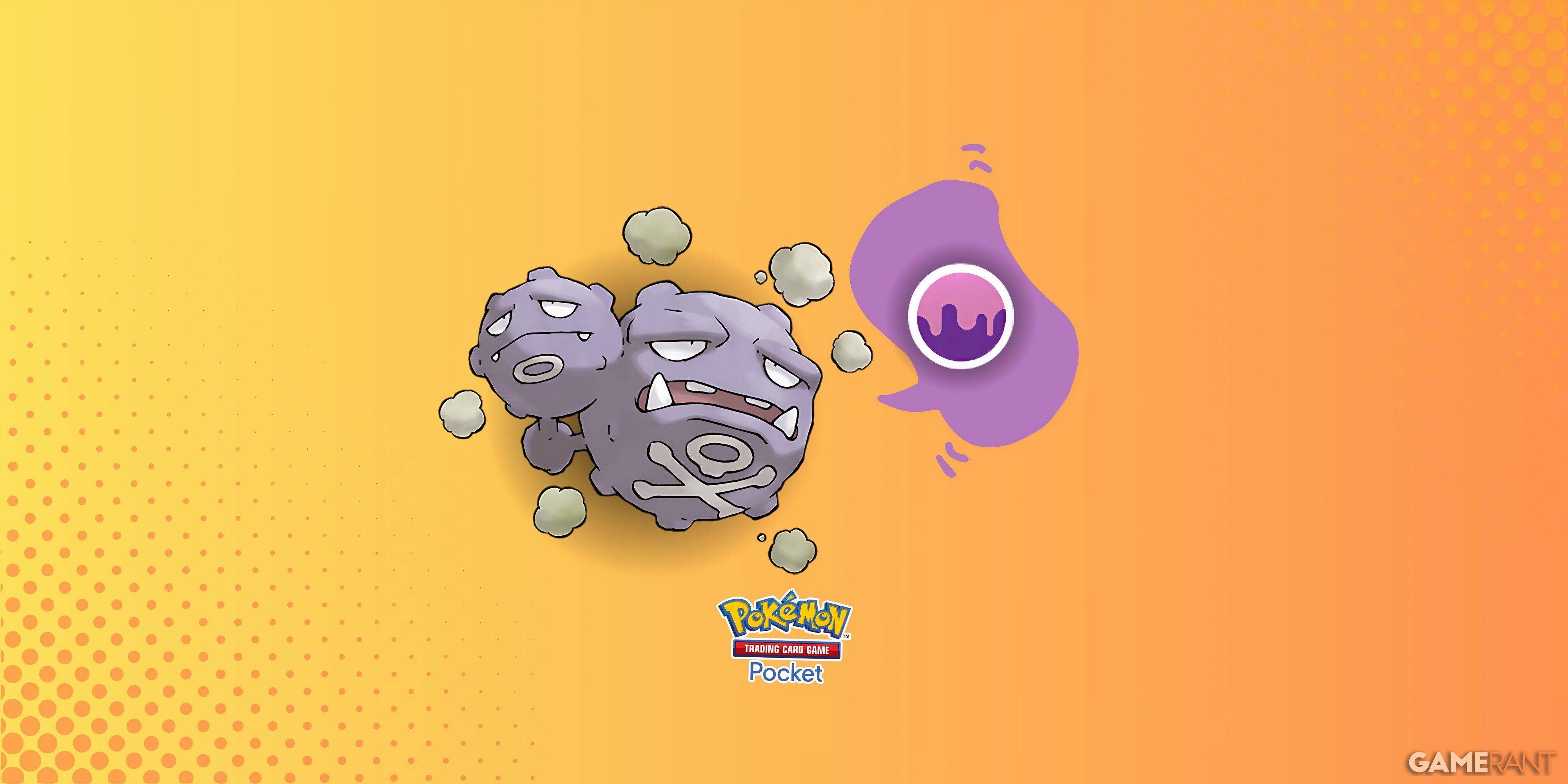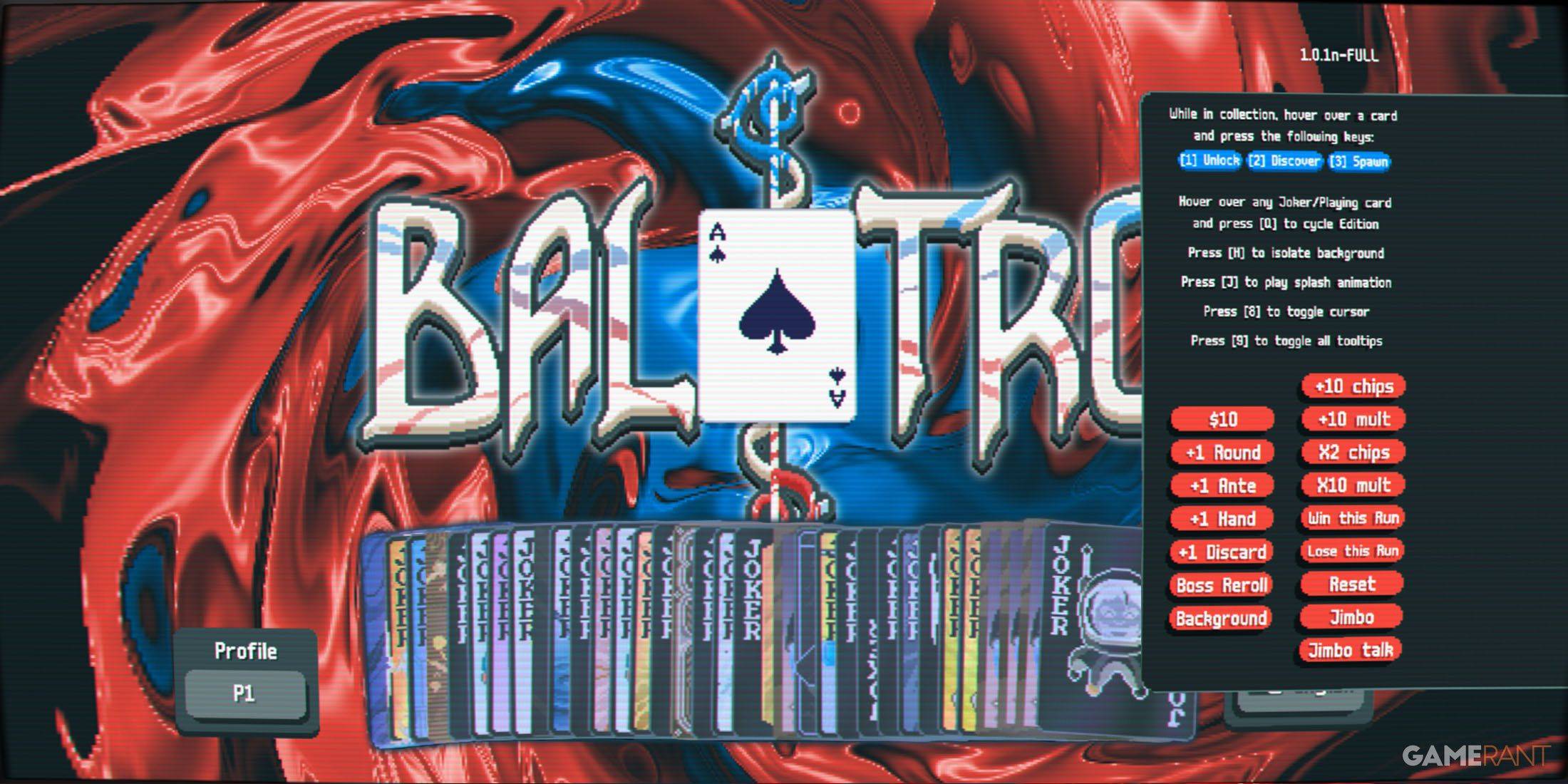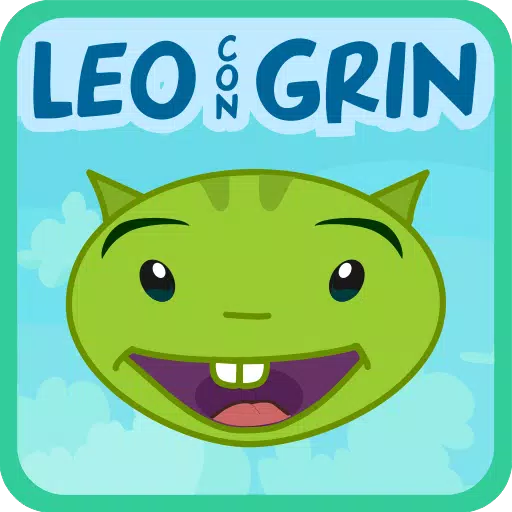
Application Description
Learning to read Spanish is a fundamental skill that lays the groundwork for a child's educational journey and future success. It's crucial to start this process early, ideally during preschool and the initial years of elementary school, as it forms the basis of their academic and professional life.
In today's digital age, children are naturally drawn to computers and tablets. As digital natives, they can benefit from using these devices to enhance or reinforce their learning, especially in reading and writing Spanish.
Method
Our approach to teaching Spanish reading through phonics is tailored for children aged 3 to 6 or 7, and it's also suitable for adults looking to refine their pronunciation. The program is structured with a section dedicated to tracing letters and 30 comprehensive lessons. It begins with vowels and progresses through consonants and digraphs such as L, M, S, T, P, N, D, F, H, C, Q, CH, G, GUE, R, -rr-, B, V, J, GE, GUE, Y, Z, CE, LL, X, and K.
Each lesson includes 11 engaging games, available at two difficulty levels, perfect for both parents and educators. These games encourage children to listen and respond, fostering a playful environment where understanding every detail isn't necessary. Learning to read is a gradual process that may extend over a year. We suggest daily practice for a few minutes, revisiting previously learned material, and adjusting the exercises to maintain an enjoyable experience.
Levels
Our games feature two adjustable difficulty levels. Children can progress at their own pace, with the flexibility to pause and resume at their convenience. As they complete games, they earn fruits, adding a fun incentive to their learning journey.
The first level is designed for children as young as three, and sometimes even younger with assistance from adults. At this stage, games can be solved with guidance from the instructions. The second level introduces more complexity, encouraging children to tackle challenges independently while keeping the learning process enjoyable. It's essential to match the difficulty to the child's capabilities without pressuring them to rush through levels.
Abilities
Our program enhances the following skills:
- Visual and auditory memorization
- Identification and association
- Discrimination
- Understanding
- Literacy
Options
On the home screen, users can:
- Enable or disable background music
- Play in full screen
Within the Tikis menus, additional customization options are available:
- Change the font to uppercase, lowercase, or cursive handwriting
- Enable or disable automatic activity switching after a set number of exercises
- Shuffle the syllables for varied practice
Achievements
You can set up to three profiles for different children, tracking their progress, correct and incorrect answers, and their achievement percentage, illustrated through collected fruits. These fruits serve as a motivating factor, encouraging continued play. When fruits are collected in the basket, they can be given to little aliens for added fun. For a detailed overview of progress, users can access the reports button on the Tikis screen.
Games
NEW THE ALPHABET:
Children can listen and learn to write each letter of the alphabet, syllables, and some words in various modes: trace, copy, and free mode. They can choose between uppercase, lowercase, and handwriting styles.
For each lesson, there are 11 engaging games:
- DOLPHIN: Introduces the word and its components.
- BALLOONS: Identifies letters within syllables.
- CLOUDS: Traces the shape of each syllable.
- CRABS: Forms syllables from letters.
- BUTTERFLIES: Identifies syllables.
- BEES: Recognizes the initial syllable of words.
- SNAKE: Forms words using syllables.
- MONKEYS: Constructs words from letters.
- PARROTS: Recognizes and reads words.
- MOUSE: Arranges words in order and reads sentences.
- SNAILS: Constructs sentences from words.
For feedback or technical support, please contact us at [email protected].
Screenshot
Reviews
Games like Learn to read Spanish


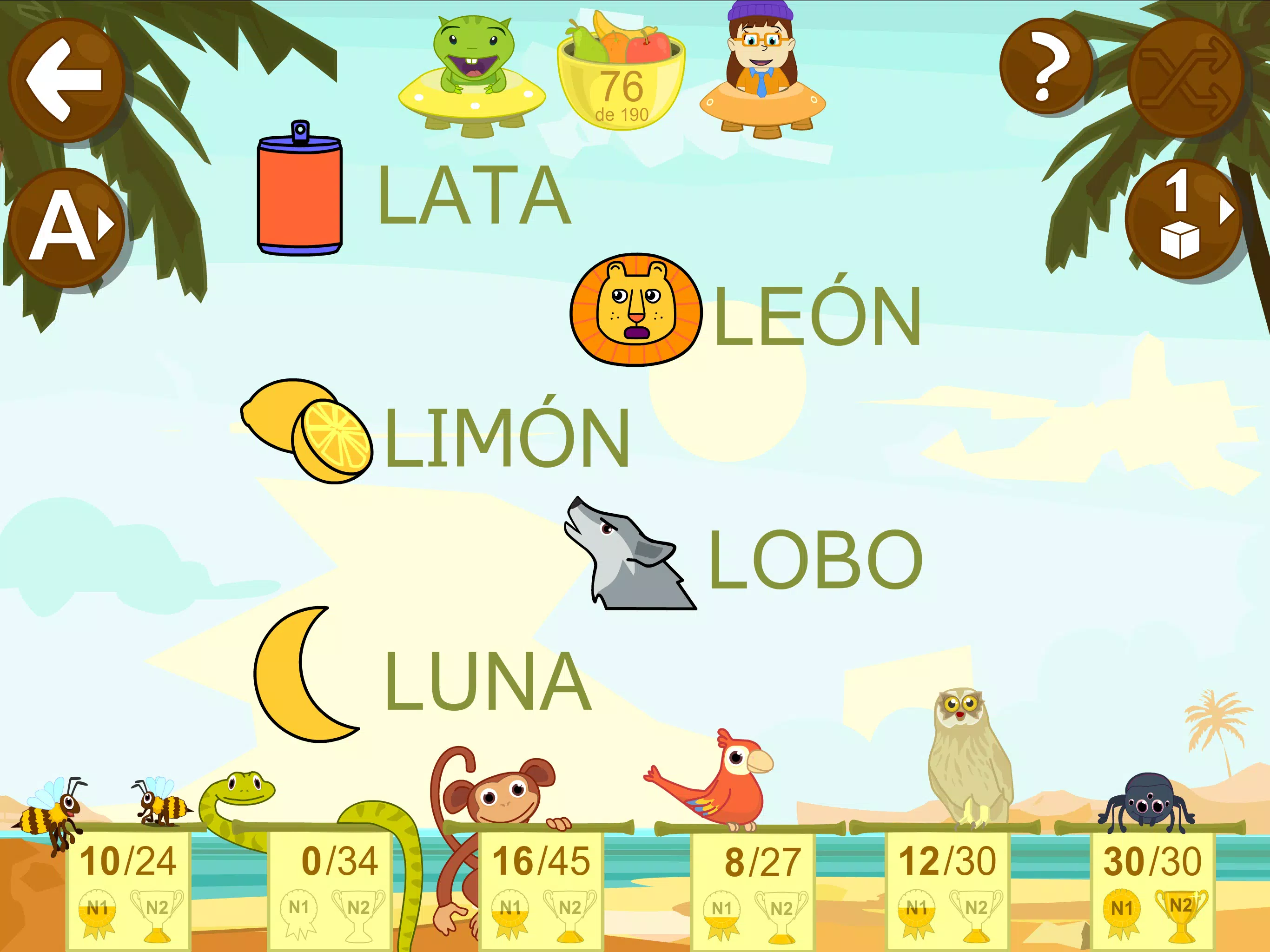
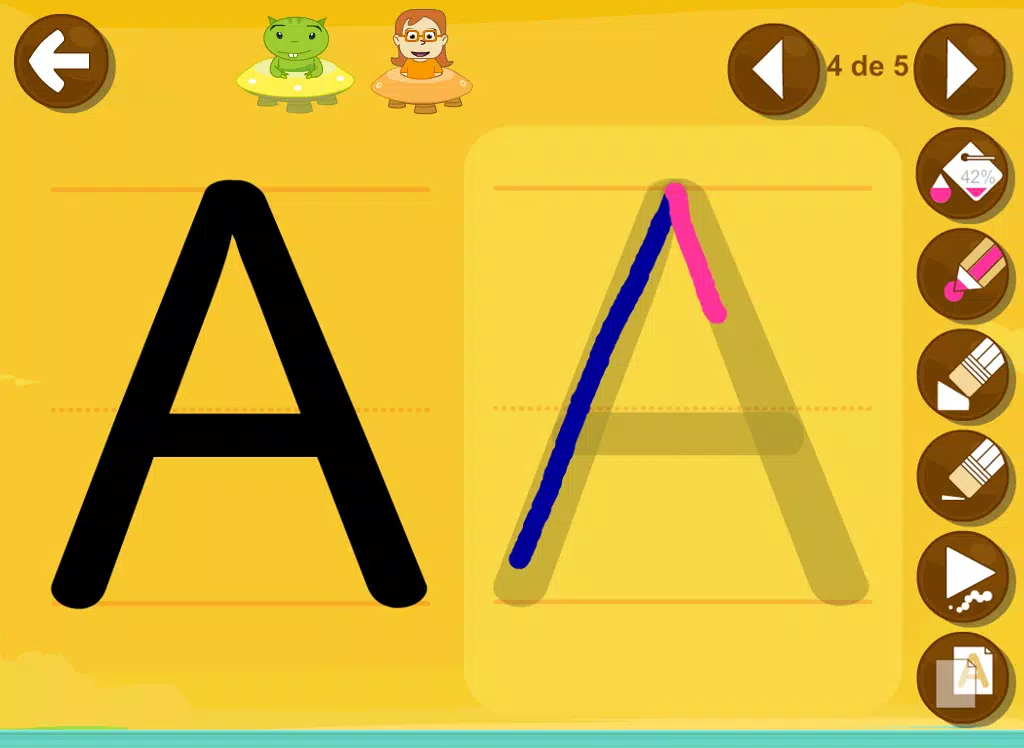
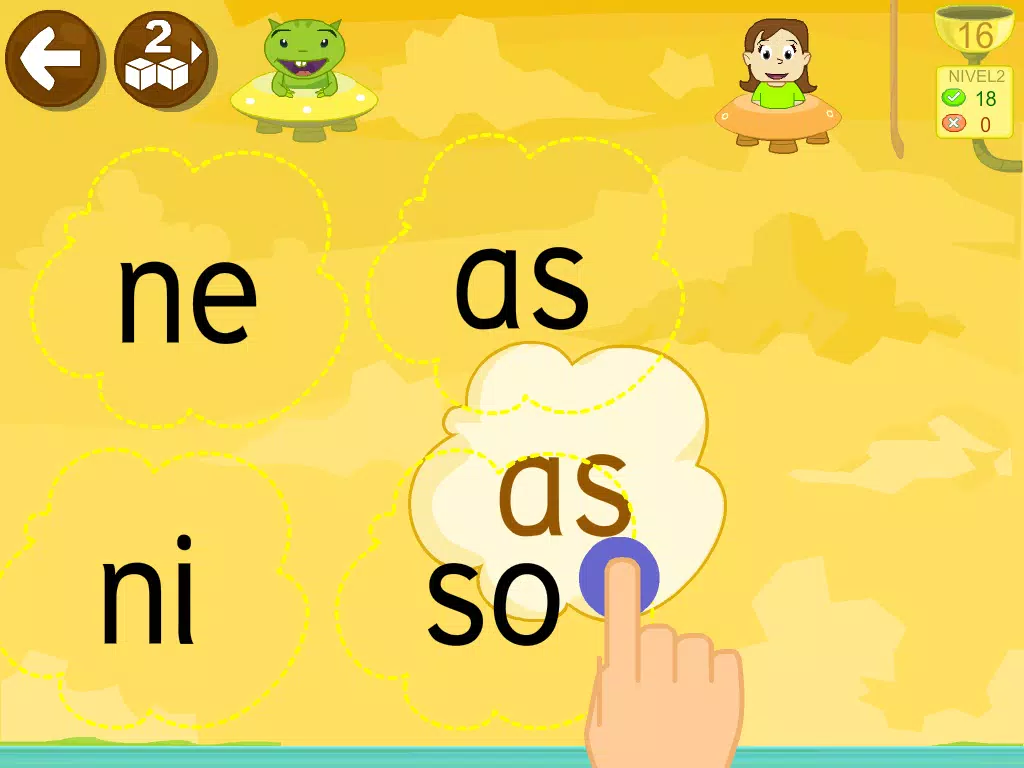




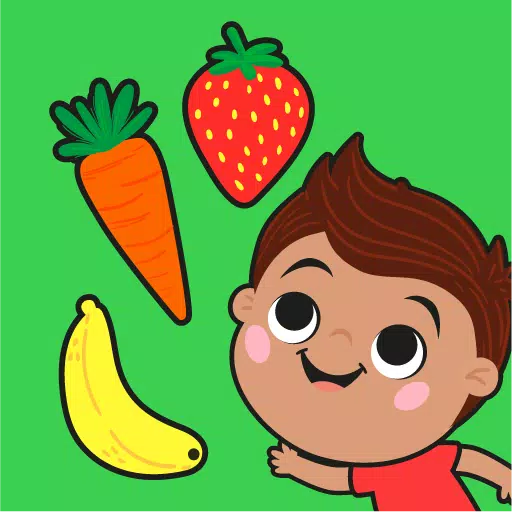

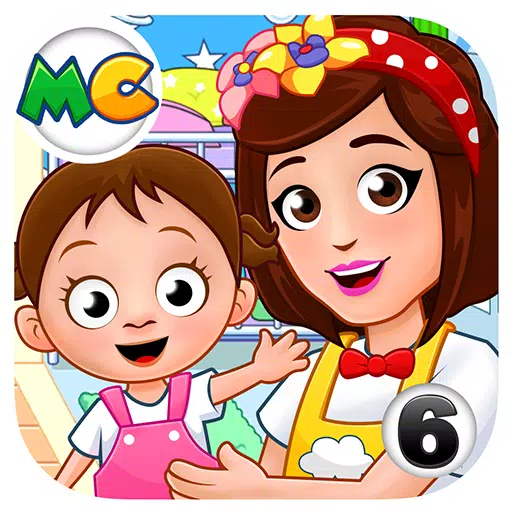
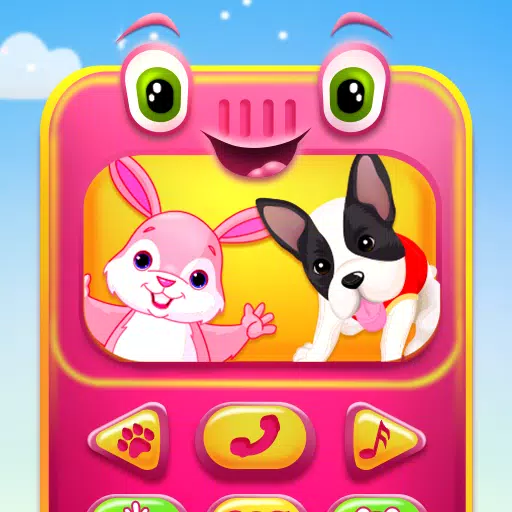

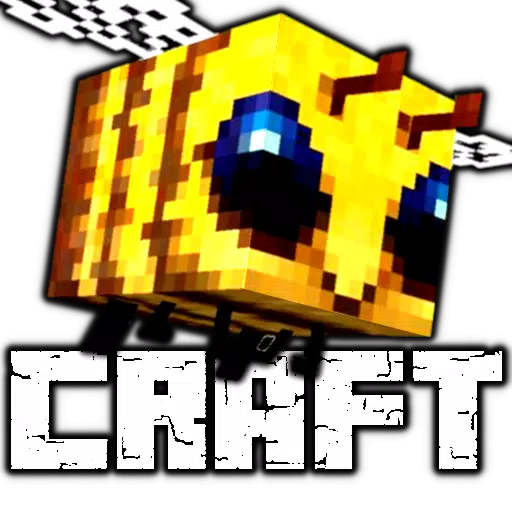


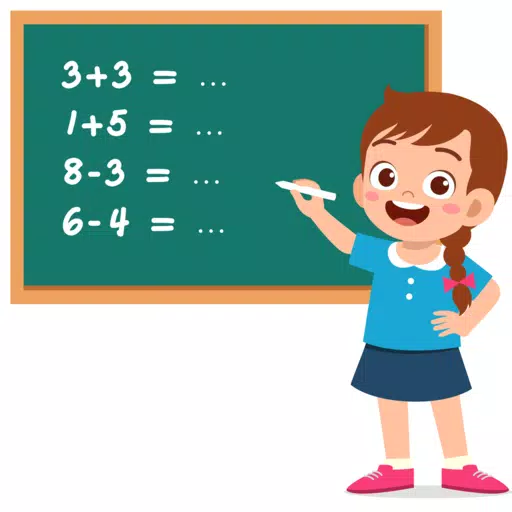



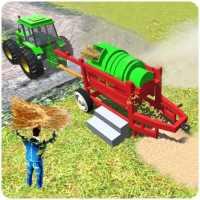
![Taffy Tales [v1.07.3a]](https://imgs.anofc.com/uploads/32/1719554710667e529623764.jpg)




